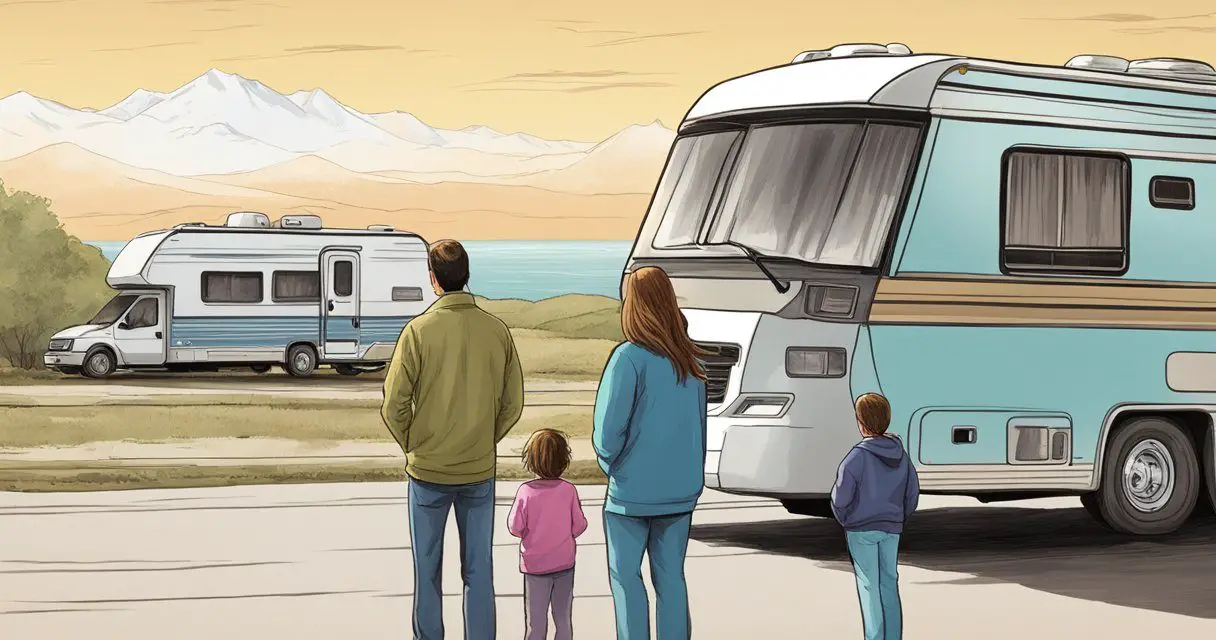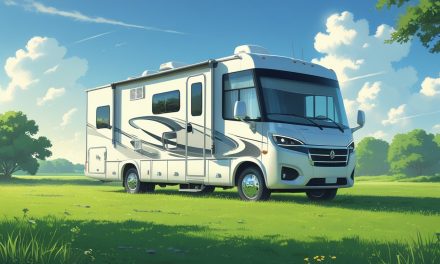Would you like to save this article?
The rumor mill has been churning with claims that six states are set to ban the sale of RVs in 2025. As an RV enthusiast, this alarming news might have you wondering if your dream of road tripping across the country is in jeopardy. Rest assured, these claims are entirely false.
The confusion stems from new clean air regulations that aim to increase the sale of zero-emission vehicles, which could impact the availability of new RVs but certainly doesn’t ban them outright.
According to a news article by Katrina Morgan, the regulations will require manufacturers to sell more zero-emission vehicles, potentially affecting the supply of traditional RVs.
So, while you might have to wait a bit longer for that new RV model, you won’t be banned from buying one.
1. Understanding the New Regulations
The new clean air regulations, particularly California’s Advanced Clean Truck regulation, require manufacturers to sell an increasing percentage of zero-emission vehicles over the next decade.
This has led to some misconceptions about a complete ban on RV sales. As the RV Industry Association explains, “While the regulation does not specifically ban motorhome sales, the ACT regulation mandates manufacturers of medium and heavy-duty vehicles to sell an increasing percentage of ZEVs each year.” So, while you might see fewer traditional RVs on the market, they aren’t going extinct—just evolving. It’s like the RV world is going through its own little Darwinian phase!
2. The Impact on RV Availability
Manufacturers predict that the new regulations could impact the availability of new RVs in the affected states. The RV Industry Association notes that “the lack of compliant production materials could impact overall availability.” This means that while you might not see as many new RVs on the lot, there will still be options available—just possibly fewer of them.
Think of it as a game of hide and seek, but with RVs. You might have to look a bit harder, but they’re still out there!
3. The Role of Zero-Emission Vehicles
The push for zero-emission vehicles (ZEVs) is at the heart of these new regulations. By 2035, new vehicles sold in the state should have a significant percentage of their sales as zero-emission vehicles.
For example, “55% of its sales of class 2b-3 on-road vehicles with a gross vehicle weight rating of 8,501 to 14,000 pounds be zero-emission,” according to the California Air Resources Board. This might sound like a tall order, but manufacturers are already working on innovative solutions.
Imagine a future where your RV is not only your home on wheels but also a beacon of environmental responsibility. It’s like having your cake and eating it too, but without the guilt!
4. The Future of RV Manufacturing
The RV Industry Association is actively working with regulatory bodies to find a sustainable path forward. They are exploring options to ensure that Americans can continue to purchase new motorhomes. “We remain committed to working toward a sustainable path forward that supports both CARB’s goals and the RV and active outdoor lifestyle,” says the association.
So, while the road ahead might have a few bumps, it’s clear that the RV industry is not planning on hitting the brakes anytime soon. It’s more like they’re just switching lanes to a greener path!
5. The Reality for Current RV Owners
For current RV owners, the new regulations will have “no effect” on motorhomes already produced and delivered to the state. This means that your beloved RV isn’t going anywhere.
You can still enjoy your trips without worrying about new regulations impacting your current vehicle. It’s like being grandfathered into an exclusive club where the only membership requirement is owning an RV. So, keep those engines running and those campfires burning!





